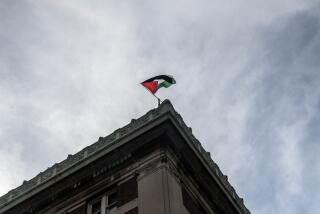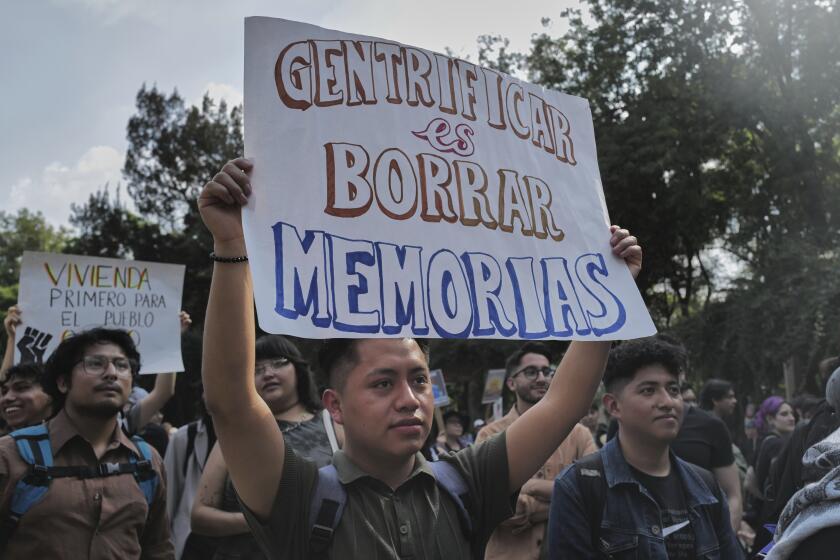The Protester: ‘At the Time, I Was Happy to Sacrifice a Leg’
- Share via
TIMISOARA, Romania — Daniel Gavra lost his 21-year-old girlfriend and his left leg in a clash with Communist riot troops during the bloody finale of Eastern Europe’s season of revolution.
Gavra has been provided with a prosthesis and a pension by the Romanian government. But he never has received a plausible account of the shooting deaths of his girlfriend, Slobodanka Ewinger, and at least five other peaceful demonstrators.
“At the time, I was happy to sacrifice a leg to bring down that regime,” Gavra, now 34, recalls of the uprising against President Nicolae Ceausescu. “But we really expected more to change.”
Opponents of Ceausescu, a silent legion, had been following Eastern Europe’s earlier revolts on Hungarian and Yugoslav television, which could be seen here because of Timisoara’s nearness to the borders. When an ethnic Hungarian cleric named Laszlo Toekes was arrested by Securitate secret police here, Timisoara residents took to the streets. The protests soon encompassed every unspoken wrong committed by the regime against the people.
The protest that began Dec. 15 swelled by the hour until its deadly culmination two days later.
“There were so many people in the streets that the trams had to stop running,” Gavra recalls.
When the crowd began demanding democracy and free elections, Ceausescu sent in troops. Bullets flew and bodies fell, but the unflinching protesters eventually forced the government’s gunmen to surrender or flee.
The victory was cause for jubilation for most people. But for Gavra, it exacted too high a personal price.
“We expected things to change overnight,” he says. “Even after 10 years, not many of us feel that life has gotten better.”
More to Read
Sign up for Essential California
The most important California stories and recommendations in your inbox every morning.
You may occasionally receive promotional content from the Los Angeles Times.













